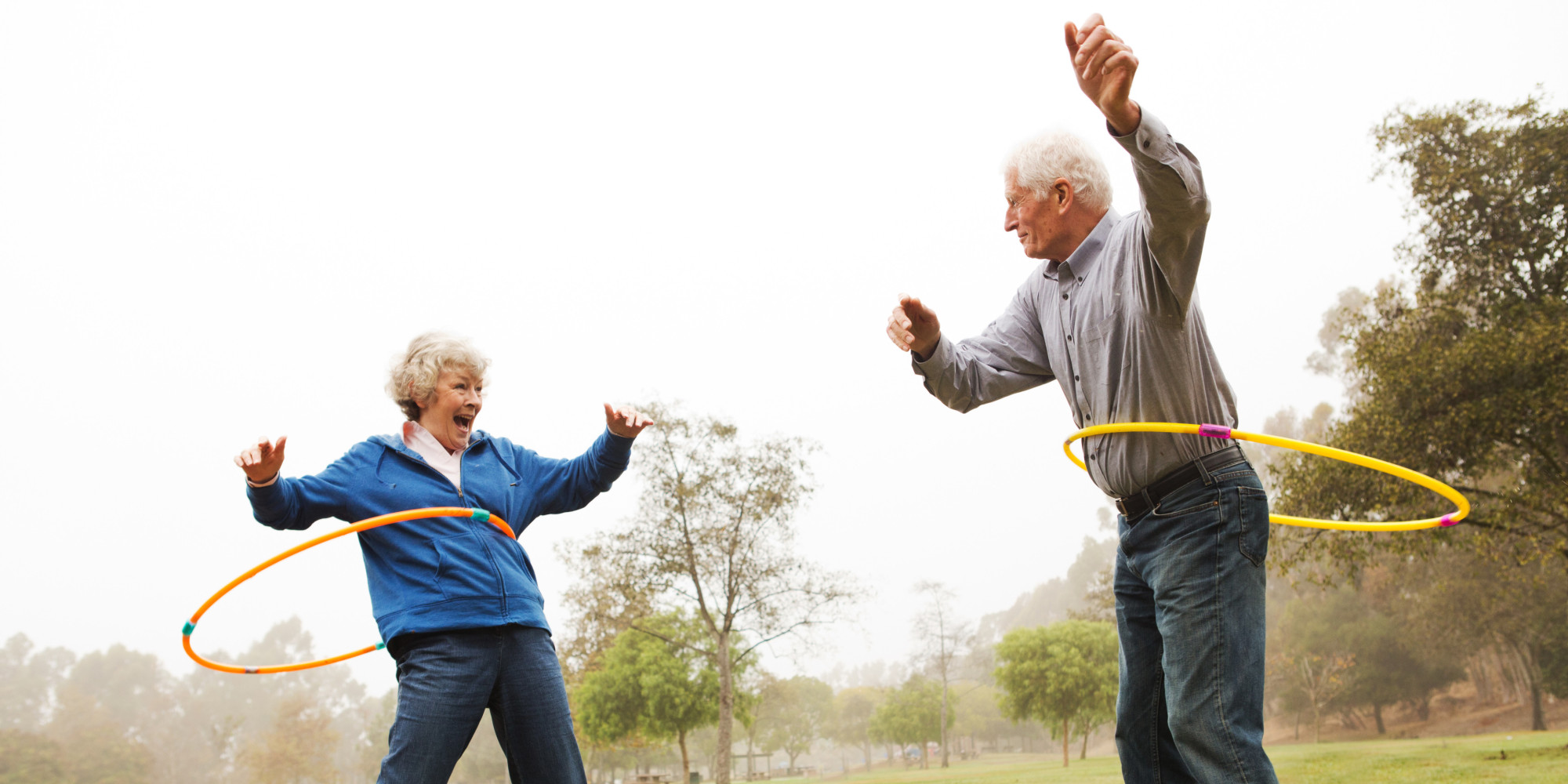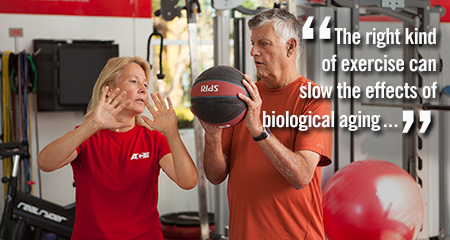The Best Anti-Aging Exercise
 |
| Blog inspired by post from Jodi Helmer |
What happens to our bodies as each year passes? As we grow our cell function decreases, bones lose density, joints show signs of wear and muscle tissue and strength decrease while body fat increases. You might not be able to reverse those years, but you can slow the process through exercise.
“Both strength and power training are critically important as we age,” says Alice Bell, a spokesperson for the American Physical Therapy Association. “In order to effectively manage the impact of aging on muscle strength and power, it is critical to incorporate high-intensity strength training into your activity regimen.”
New research shows that certain forms of exercise have the most profound anti-aging effects.
A study, published in the journal Cell Metabolism, assigned participants in two age groups — 18–30 and 65–80 — and divided them into three training categories: high-intensity interval training (HIIT), weight training or a combination of the two.
After three months, researchers compared muscle biopsies of both groups and found that strength training increased muscle mass and HIIT increased mitochondrial activity, a cellular process that declines with age and is associated with increased fatigue and inability for muscles to burn excess blood sugar. The HIIT/strength training combination had the biggest effect in older adults, helping to decrease aging at the cellular level.
In a statement about the research, K. Sreekumaran Nair, MD, a diabetes researcher at the Mayo Clinic and senior author of the study noted, “These things we are seeing cannot be done by any medicine.”
The research points to the benefits of incorporating HIIT and strength training into your routine as you get older.
“The rate at which we lose muscle mass varies dependent upon our level of activity and engagement in meaningful exercise,” Bell says.
In other words, you’re more apt to maintain muscle mass and keep body fat in check as you age if you’re physically fit.
To maximize the benefits, Bell suggests incorporating HIIT and strength training into each workout.
HIIT is defined as mixing intense bursts of exercise with short periods of active rest; a run-walk combination is a good example of HIIT. Interval training can be incorporated into activities ranging from walking and biking to swimming. These bursts keep your heart rate up and help burn fat and, according to Bell, “High-intensity interval training is considered one of the best ways to improve cardiorespiratory and metabolic function.”
BUT DON’T FORGET STRENGTH TRAINING

Strength training is also important to maintain good health as you age. A 2016 study published in the journal Preventive Medicine found that older adults who did strength training at least twice per week had a 46% lower odds of death from all causes during the study period, a 41% lower risk of cardiac death and 19% lower odds of dying from cancer than those who did not strength train.
Bell suggests building strength by training with weights 2–3 times per week. “In order to optimize results a person must be utilizing the appropriate amount of resistance, performing the exercises with proper [form] and building in recovery time,” she says.
A physical therapist or personal trainer can create a workout regimen that incorporates interval and strength training that is targeted toward your current fitness level. The effort could help keep you looking and feeling stronger, healthier and younger.


.jpg)

Comments
Post a Comment